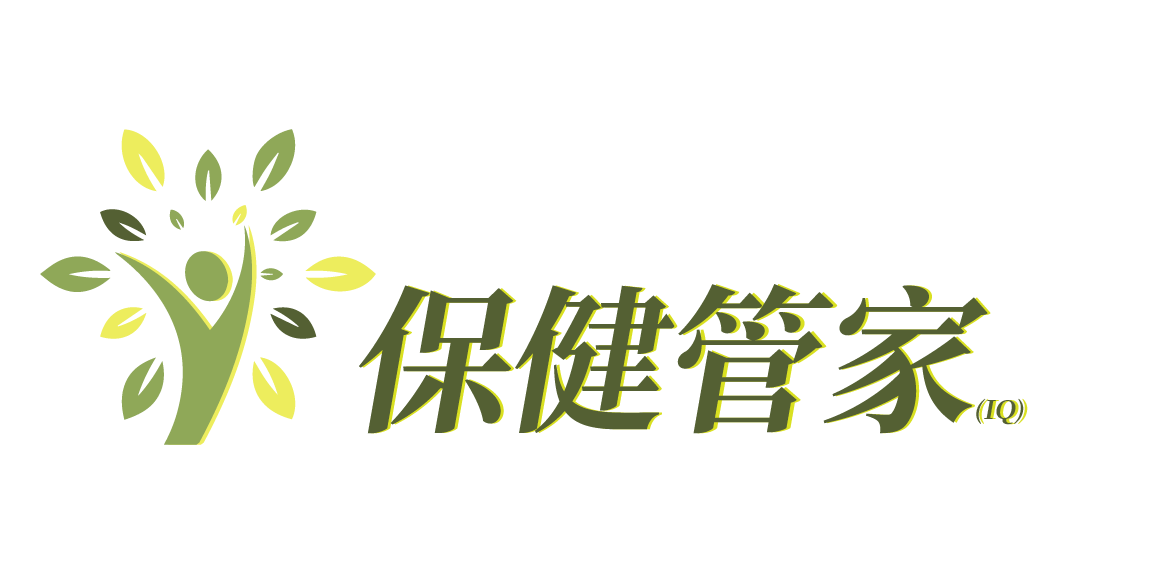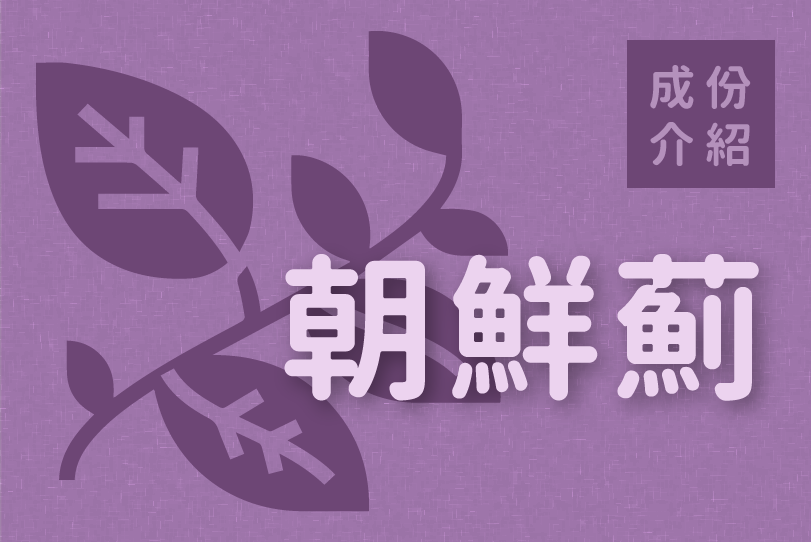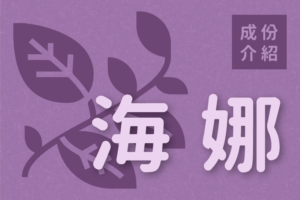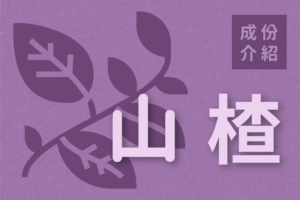1) D’Elia, R. V., Harrison, K., Oyston, P. C., Lukaszewski, R. A., & Clark, G. C. (2013). Targeting the “cytokine storm” for therapeutic benefit. Clinical and vaccine immunology : CVI, 20(3), 319–327.
2) Sommer, C., & Birklein, F. (2011). Resolvins and inflammatory pain. F1000 medicine reports, 3, 19.
3) Kohli, P., & Levy, B. D. (2009). Resolvins and protectins: mediating solutions to inflammation. British journal of pharmacology, 158(4), 960–971.
4) Serhan, CN., Levy, BD. (2018, Jul). Resolvins in inflammation: emergence of the pro-resolving superfamily of mediators. J Clin Invest, 128(7):2657-2669.
5) Serhan, C. N., & Petasis, N. A. (2011). Resolvins and protectins in inflammation resolution. Chemical reviews, 111(10), 5922–5943. https://doi.org/10.1021/cr100396c
6) Sierra, S., Lara-Villoslada, F., Comalada, M., Olivares, M., Xaus, J. (2006, Dec). Dietary fish oil n-3 fatty acids increase regulatory cytokine production and exert anti-inflammatory effects in two murine models of inflammation. Lipids, 41(12):1115-25.










